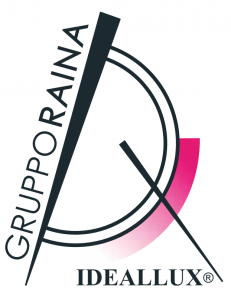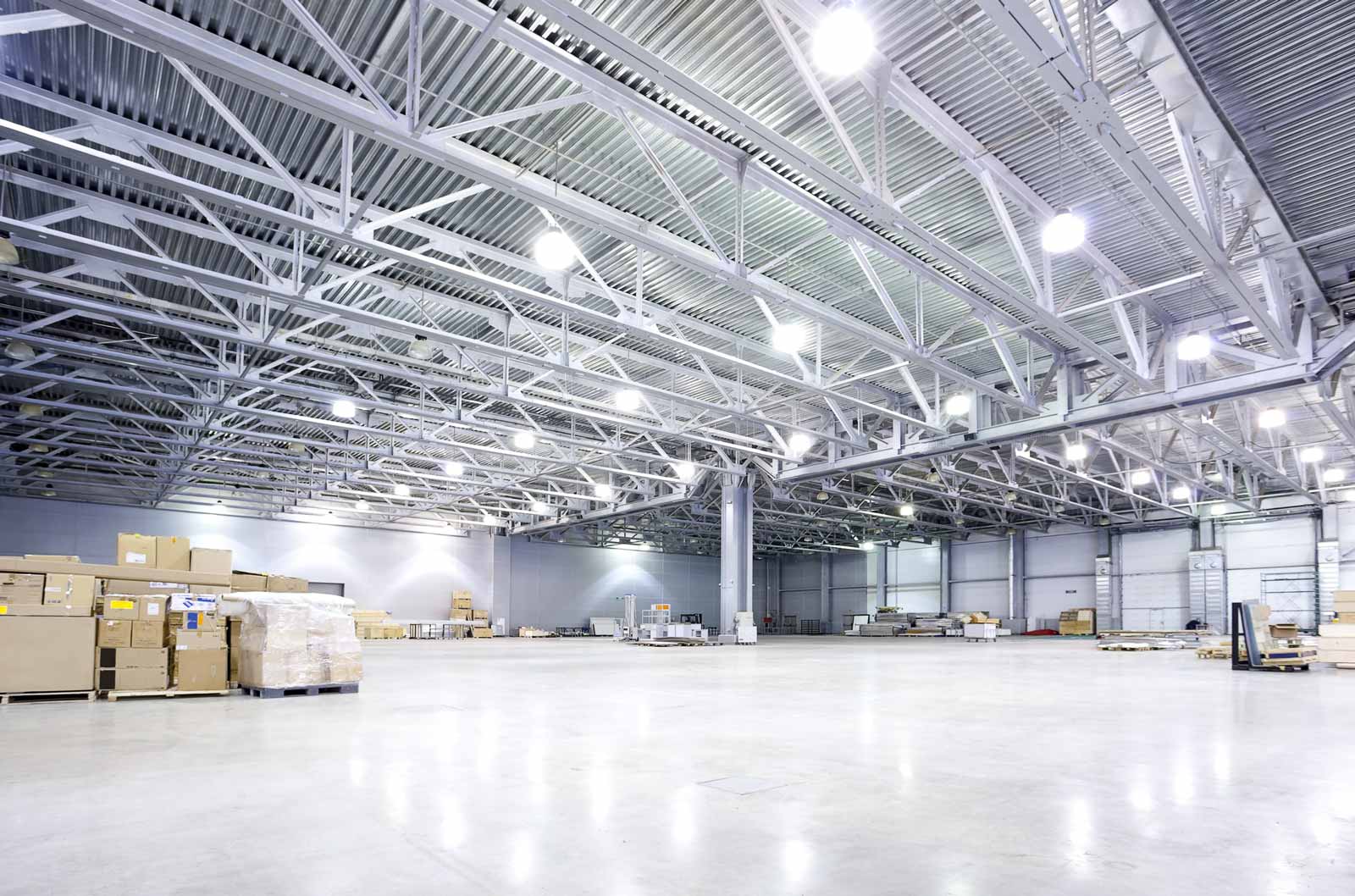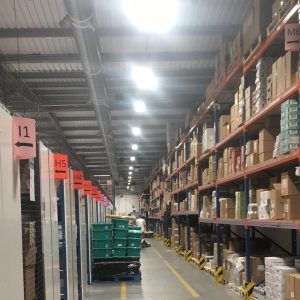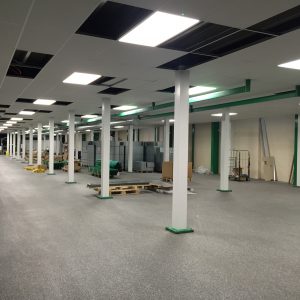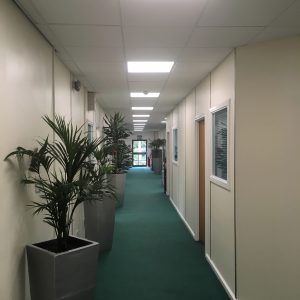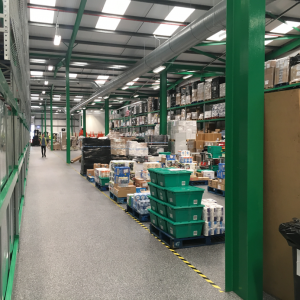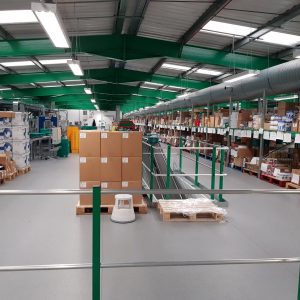What We Offer
★ Free initial surveys and designs
★ Smart light controls e.g. daylight dimming sensors
★ High quality installation in partnership with Auraled and Ideallux
★ Industry leading warranty
There has been a large shift in costs and efficiency if LED Lighting. LED has a number of benefits over conventional lighting and unlike solar, can be directly shown to improve working conditions and environment. It has become a quick and easy way to lower costs. Using LED Lighting improves lux levels, light distribution and is flicker-free.
LED Advantages
There are multiple reasons to incorporate LED into all lighting schemes, whether it be at home, for work or even outside. In temperature controlled warehouses, LED fittings with smart controls can help manage and lower the heat.
Long Life
You can expect lifetimes of up to 100,000 hours with some LED’s. If you leave the LED on for 8 hours per day, it would take around 20 years before you’d have to replace it. The increase in life means maintenance costs are dramatically reduced, even more so in high level or 24hr operational areas. For example, Airports, Warehouses, Street Lighting.
Eco-Friendly
LEDs are free of toxic chemicals. Most conventional fluorescent lighting contains a multitude of harmful and dangerous materials. For example, Mercury, which is highly toxic.
Zero UV Emissions
LED illumination produces minimal infrared light and close to no UV emissions. This makes LEDs suitable for goods and materials sensitive to heat as well as UV emissions. For example, Museums, Art Galleries, Archaeological Sites.
Operation in Hot and Cold Temperatures
LEDs are ideal for operation under cold and low outdoor temperature settings. Due to their component makeup, LEDs work well in temperature fluctuating areas, unlike their glass, conventional lighting counterparts. This makes them ideal for external use through all seasons, as well as for cold and freezer storage areas.
Instant Lighting and Frequent Switching
LED lights brighten up instantly, and can be switched on and off frequently without affecting the LEDs lifetime or light emission. This makes them ideal for infrastructure projects such as traffic and signal lighting.
Energy Efficiency
Standard incandescent lighting operates at 20% efficiency, with 80% of energy lost as heat. LED’s have an estimated energy efficiency of 80-90%, with only a 10-20% loss as heat. This makes LEDs suitable for areas with goods or materials sensitive to heat. For example, Hospitals, Pharmacies, Consumables.
Durability
Built with robust and sturdy components, LEDs are resistant to shock, vibrations and external impacts. This makes them ideal for rough weather conditions and public areas susceptible to damages or vandalism.
Design Flexibility
LEDs can be combined in any shape and colour. Individual LEDs can be dimmed to create a dynamic control of light, colour and distribution. For example, Airplanes, Schools, at Home.
Light Dispersement
LED is designed to focus its light and can be directed to a specific location without the use of an external reflector, achieving higher application efficiency than conventional lighting.
Low Voltage
A low-voltage power supply is sufficient for LED illumination. When combined with an external solar-energy source, this works very well for remote or rural areas.
Quality Partnerships
We partner with key suppliers such as Auraled and Ideallux to deliver high quality installations and schemes that can also be supported with industry leading warranties.

